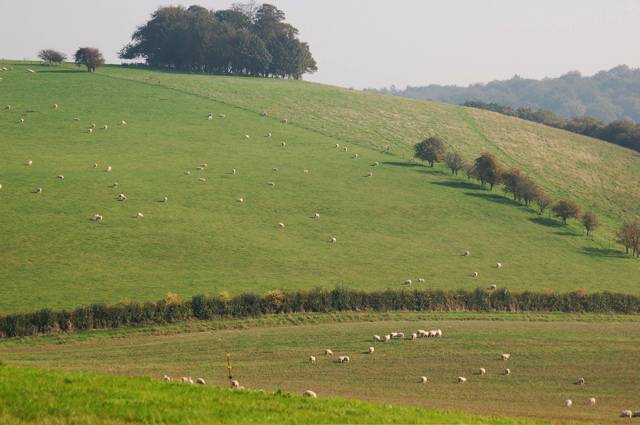
The government is failing to protect England’s natural landscapes from mass housing developments, according to new research.
Research by the Campaign to Protect Rural England (CPRE) shows almost 15,500 houses, an 82% increase, were approved in Areas of Outstanding Natural Beauty (AONB) in the past five years despite their ‘protected’ status.
This is despite a government pledge to ‘maintain national protections for England's 34 AONBs for the benefit of future generations’. Since 2012, the number of housing planning applications has more than doubled in that time.
Although AONBs have the highest level of planning protection, CPRE’s report 'Beauty betrayed: how reckless housing development threatens England’s AONBs' shows a five-fold increase in the amount of AONB land set to be lost under concrete in these landscapes, which are often host to traditional farming methods.
The report shows evidence that housing developers are applying increasing pressure on local authorities to build new homes on AONBs by exploiting poorly defined and conflicting national planning policy.
CPRE’s report also shows that the pressure on local authorities is set to increase, with applications for a further 12,741 homes in AONBs currently awaiting decision. Based on the 2016/17 housing approval rate of 64%, this could mean a further 8,154 units, resulting in a total of 23,639 units being approved in AONBs since 2012.
Unsurprisingly, pressure for development within AONBs – defined by the number of applications, approvals and housing units – is highest in the South East and South West. In these areas, just eight AONBs account for 74% of all housing applications and 79% of all approvals from 2012-2017.
'Sell-off'
Emma Marrington, CPRE Senior Rural Policy Campaigner, said the mass "sell-off" of AONBs is among the worst examples of misguided housing policy.
She said it is “the drive to build more houses, any houses, no matter how unaffordable, to meet housing targets, is at the cost of our most beautiful landscapes.
“While CPRE advocates the building of right homes in the right places, AONBs are not the right place. On top of this, current development on AONBs shows little evidence that what’s built will actually help solve the housing crisis, which is more to do with affordability than lack of land.”
England’s Areas of Outstanding Natural Beauty (AONBs) cover 15% of the country. Their origins stem from the National Parks and Access to the Countryside Act 1949, presented as a gift to the nation for its war-time sacrifices.
CPRE has called on the Government to amend the National Planning Policy Framework (NPPF) to state a presumption against proposals for large housing developments in AONBs. The organisations has said it should be made clear, as it is for Green Belt, that demand for housing or the lack of a five-year supply is unlikely to justify large housing developments in AONBs.
